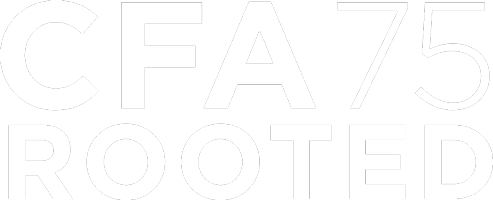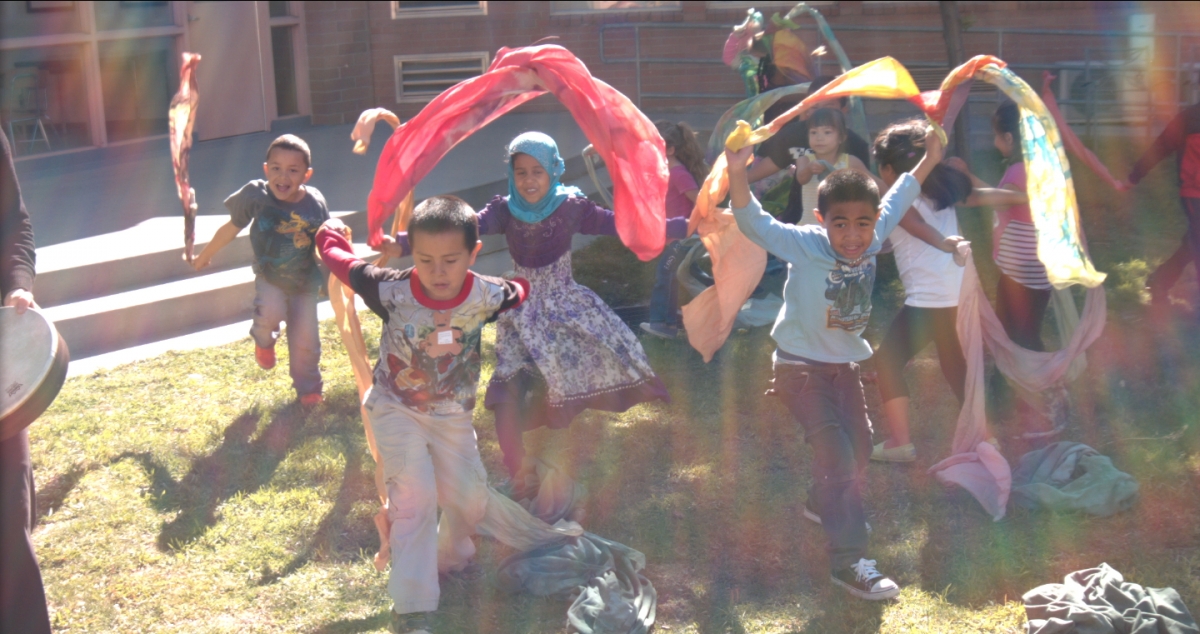Educators are always looking for ways to help their students succeed, especially if their students have special needs or cognitive challenges that interfere with their ability to participate in a general-education class. Jonathan Hale, CFA Alumni and Beverley Taylor Sorenson Arts Learning Program Visual Art Specialist in Canyons School District, and one of his fellow research partners, Kelby McIntyre-Martinez, Assistant Dean of the College of Fine Arts at the University of Utah are working together to investigate how students can help each other in and through the arts. Their research validates that if inclusive arts teaching methods are implemented consistently and thoroughly, one of the most effective ways to help all students progress is by pairing them with another student.
“It’s what little children do. They sing, they dance, they create. We have a responsibility to help these children reach their full potential, and that can only be done by keeping the arts in education.” said Beverley Taylor Sorenson. Throughout her life, Beverley Taylor Sorenson was a tireless champion for the arts. She began developing an integrated arts teaching model in 1995 by collaborating with arts education professionals, state organizations, and higher education institutions throughout Utah. In 2008, the Utah State Legislature adopted the model, named it the Beverley Taylor Sorenson Arts Learning Program in Beverley’s honor, and has since provided the funding needed to place the program in a portion of elementary schools across the state. Right up until her passing at the age of 89, Beverley was a fixture at Capitol Hill, and she committed her time and efforts to lobbying the legislature for more funding to ensure that every elementary child in Utah receives the benefits of an arts-rich education through this program. Learn more about Beverley Taylor Sorenson’s generous contributions to arts education in the state of Utah.
Together, students from all backgrounds participate in the same art projects, each learning important lessons and growing in ways that are achievable only by peer interaction. They have found that an art setting can provide more latitude and flexibility for accommodating a variety of cognitive levels, but after seeing the monumental growth in students while learning art techniques in a peer setting, the team is eager to see how peer partners could be beneficial in other class settings outside of the arts, as well. After presenting their findings at the 2018 Kennedy Center VSA Intersections: Arts and Special Education Conference, other programs in the country have followed their lead, using peer partnering as a way to help both special education and general education students succeed. Channel 4 ABC News and Canyons School District recently reported on the program successes, solidifying the program's importance within the community and for student success. To learn more about the visit here.


